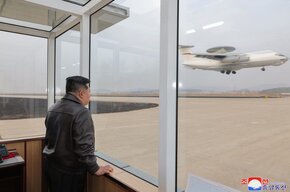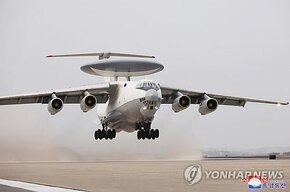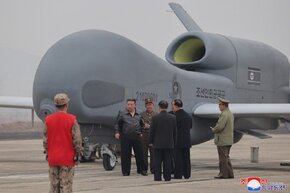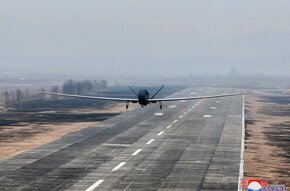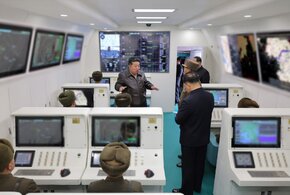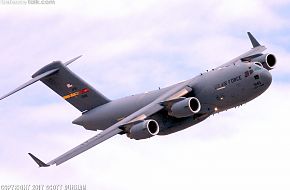True, of course, but you can't compare the amount of US components (or, if you prefer, the "share") that are in the Gripen with the Typhoon or even better the Rafale.
Of course they all do receive support (from Honeywell for example, as you correctly said) but the Gripen is really, really reliant on US made components, the other two much less.
European companies are also working to solve this, for example Microtecnica Spa (an italian-based company that produces components for the Typhoon) was bought by Safran in a joint french-italian operation from Collins Aerospace, with the objective to reduce at minimum the involvement of USA in the program.
That being said, your message is absolutely correct, US is still very important for european companies and systems, but to compare the Gripen with the Rafale would be a mistake.

